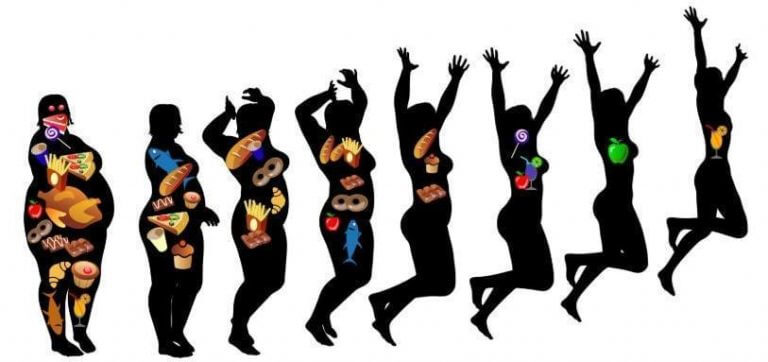Dreams vs. Reality: Exploring the Fascinating Phenomenon of Dream Reality Confusion
It’s no secret that dreams hold a powerful sway over our minds. They can be vivid, surreal, and at times, unsettling.
But what happens when the line between dreams and reality begins to blur?
This phenomenon, known as dream reality confusion, is a captivating subject that investigates into the depths of our psyche.
In this informative blog post, we will investigate the intricacies of dream reality confusion, exploring its psychological underpinnings and its implications for mental health.
Through case studies, expert analyses, and practical tips for distinguishing dreams from reality, we will unravel the mysteries of this intriguing phenomenon that intersects with our waking lives.
Grasping Dream Reality Confusion
Definition and Key Features
A fascinating phenomenon, Dream Reality Confusion refers to the blurring of boundaries between dreams and waking reality.
Key features include vivid and intense dreams, difficulty distinguishing between dreams and reality, and emotional reactions that persist upon waking.
Perceiving oneself in a dream-like state while awake can be disorientating and distressing for individuals.
Occurrences and Triggers
Triggers: Dream Reality Confusion can occur in individuals experiencing heightened stress levels, trauma, or sleep disturbances.
The interplay between external triggers and internal psychological factors is complex and can lead to this phenomenon manifesting in various ways.
The line between dreams and reality becomes blurred, impacting cognitive processes and emotional responses.
The Science of Dreams and Reality Blending
Neurological Foundations of Dream Reality Confusion
Confusion can arise when our brain processes information during REM sleep, creating a blurred line between dreams and reality.
Research suggests that during this stage, the prefrontal cortex, responsible for logical thinking and decision-making, is less active, while the limbic system, associated with emotions and memory formation, is highly active.
This imbalance may contribute to the phenomenon of dream reality confusion.
Psychological Significance of Dreams
Foundations of our psychological well-being can be affected by dreams that blur the boundaries of reality.
Studies have shown that unresolved emotions and conflicts can manifest in dreams, offering insight into our subconscious minds. In some cases, dreams can help us process trauma and facilitate emotional healing. However, when dream reality confusion occurs frequently, it may indicate underlying mental health issues that require attention.
Living with Dream Reality Confusion
Impacts on Mental Health and Daily Functioning
Many individuals find themselves struggling to differentiate between dreams and reality, leading to significant impacts on their mental health and daily functioning.
Research has shown that dream reality confusion can lead to increased feelings of confusion, anxiety, and even paranoia in individuals who experience vivid dreams.
This can result in difficulties in concentrating, decision-making, and overall wellbeing.
Coping Mechanisms and Strategies for Clarity
Living with dream reality confusion can be challenging, but there are effective coping mechanisms and strategies that individuals can employ to help navigate this phenomenon.
On a daily basis, it is important to practice grounding techniques such as mindfulness and reality checks to help distinguish between dreams and reality.
Seeking support from a therapist or psychologist can also be beneficial in processing and understanding the experiences of dream reality confusion.
For instance, setting a consistent sleep schedule and practicing good sleep hygiene can help regulate dream experiences and reduce the occurrence of confusion between dreams and reality.
Additionally, keeping a dream journal and reflecting on dreams upon waking can provide insight into recurring themes and patterns, ultimately aiding in understanding and managing dream reality confusion.
Insights and Perspectives
Expert Analyses on Dream Reality Confusion
Once again, let’s turn to the experts to shed light on the complex phenomenon of dream reality confusion.
Research conducted by leading psychologists suggests that this confusion may stem from a blurred line between the neural processes involved in dreaming and those involved in waking consciousness.
While dreams primarily occur in the rapid eye movement (REM) stage of sleep, dream reality confusion can occur during wakefulness, leading individuals to question the boundaries between their dream experiences and real-life events.
Bridging the Understanding of Dreams and Waking Life
Expert analyses offer valuable insights into bridging the understanding of dreams and waking life.
By delving into the psychological underpinnings of dream reality confusion, researchers aim to help individuals navigate this complex aspect of human consciousness.
Understanding how dreams intersect with our waking experiences can provide a deeper understanding of our inner worlds, allowing us to differentiate between the realms of dreams and reality.
Conclusion
With this in mind, the phenomenon of dream reality confusion sheds light on the complex interplay between our subconscious mind and waking experiences.
By understanding the psychological underpinnings and implications of this phenomenon, we can better navigate our inner worlds and distinguish between dreams and reality.
Through case studies, expert analyses, and tips for discerning the two realms, we can empower ourselves to engage with our dreams in a meaningful way and enhance our mental well-being.
As we continue to explore the fascinating intricacies of the human mind, let us embrace the richness of our dreams and the insights they offer into our waking lives.




